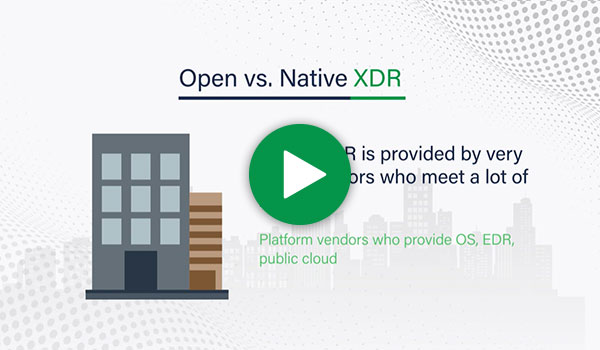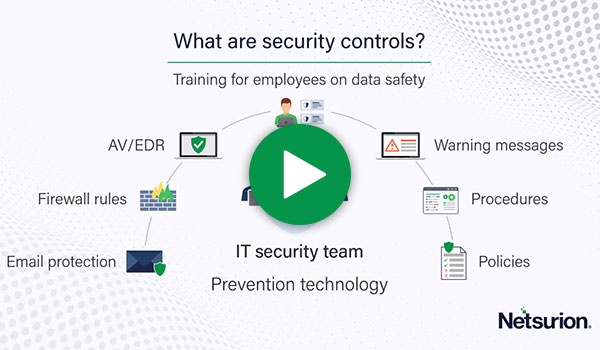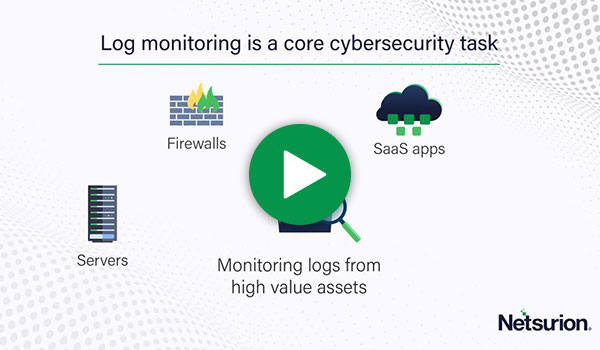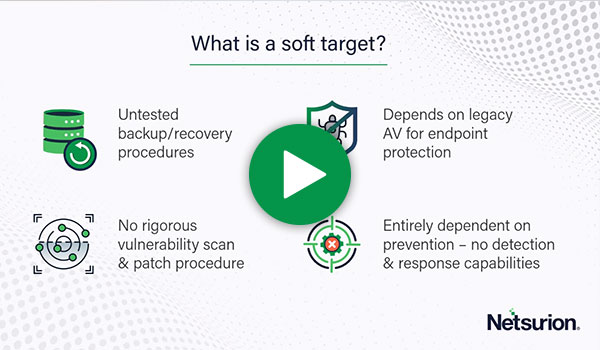5 min video
To know what is XDR watch our video here.
How do you remove blind spots from siloed security tools? What is the difference between Open & Native XDR?
Open vs. Native XDR
A native XDR solution is something that’s provided by very large vendors who meet a long list of IT needs, such as firewall vendors like Palo Alto who not only provide firewalls, but they’ve also added EDR capability. Many now offer XDR on top of that and some even provide a managed version of it.
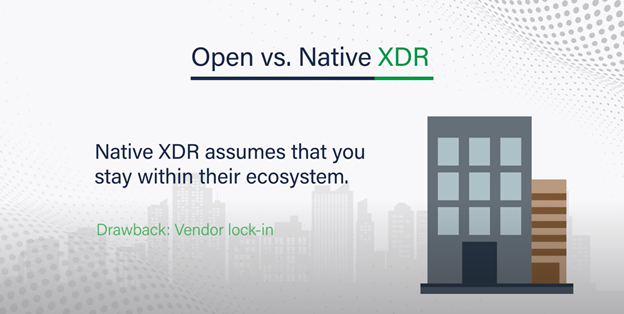
Platform windows like Microsoft provide the operating system, the defender, a public cloud in terms of Azure, which has all of those SaaS and PaaS applications. With the addition of XDR, they hope to complement the existing services with the assumption that their users will stay within their ecosystem. If customers already have their OS or their firewall or their endpoint protection solution, why not stay within? The upside is that users get tight integration with their components. No one knows the Microsoft platform better than Microsoft, which is why they were able to respond to Hafnium as thoroughly as they did. But what’s the downside? The downside is vendor lock in. Are customers and forever more going to be a Microsoft shop or a Palo Alto shop? Do they have assets, investments in other areas? In that case, the integration can be questionable.
Open XDR is provided by specialist XDR platform providers like Netsurion. We don’t have an operating system or an EDR to offer you. We’re not offering a firewall or a public cloud like AWS or Azure as part of our offering. Therefore, Open XDR providers are all about making sure that you can benefit from your existing security investments. No rip, no replace. Customers can keep their existing investments in it and so we’re happy to support best-of-breed vendors. However, integration levels across your specific needs must be examined.
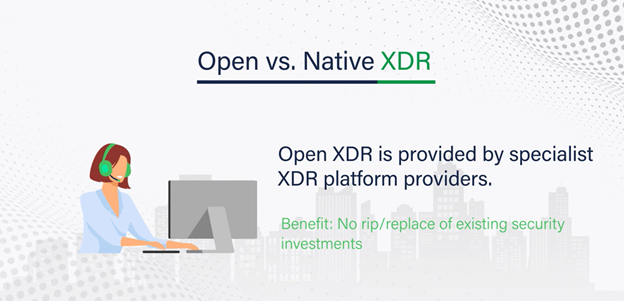
Netsurion Managed Open XDR predicts, prevents, detects, and responds to advanced threats to stay ahead of cyber criminals when every minute matters.
